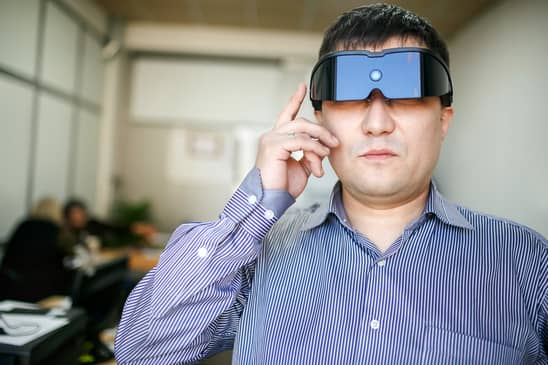“Delightfully nerdy” storytelling styles for high-tech marketing videos

In the twelve years we’ve been making high-tech marketing videos, we’ve occasionally mediated disputes between marketers and product managers over the question of what makes a video “too technical.” We like featuring as many technology differentiators as possible — probably not more than three or four in a short video — because we believe that buyers are […]
Does Virtual Reality have a place in IT marketing videos?

I’ve always thought of making IT marketing videos as a semi-journalistic exercise — there’s no pretense as to objectivity, but the video certainly ought to communicate something true and worth knowing about. I recently attended a panel discussion at the New York Times on the future of virtual reality in traditional journalism. The Times preemptively grabbed the leadership […]
Explainer video production questions for subject matter experts

Knowledge transfer is the aim of most of the videos we make. When you begin an explainer video production project, the “knowledge” you want your prospect to take on board resides in the minds of subject matter experts — salespeople, product managers, marketers and engineers. Some subject matter experts (e.g., salespeople) are invested in the […]

